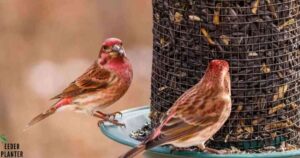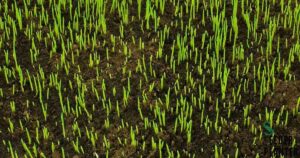Carnivorous plants like the Venus flytrap are not only fascinating but can also be a rewarding challenge for gardeners. Growing Venus flytrap seeds requires specific care and conditions, but with the right guidance, you can cultivate these captivating plants successfully indoors. This blog post will walk you through the entire process—from planting Venus flytrap seeds to nurturing fully grown flytraps. We’ll also cover frequently asked questions and tips for long-term care.
How Long Does a Venus Flytrap Seed Take to Germinate?
A Venus flytrap seed generally takes 4 to 6 weeks to germinate, provided it’s grown in optimal conditions. These seeds need a high-humidity environment and nutrient-free soil for best results. Patience is key—though the initial stages can be slow, the results are incredibly satisfying once your tiny flytraps start to grow.
Why Grow Venus Flytraps From Seeds?
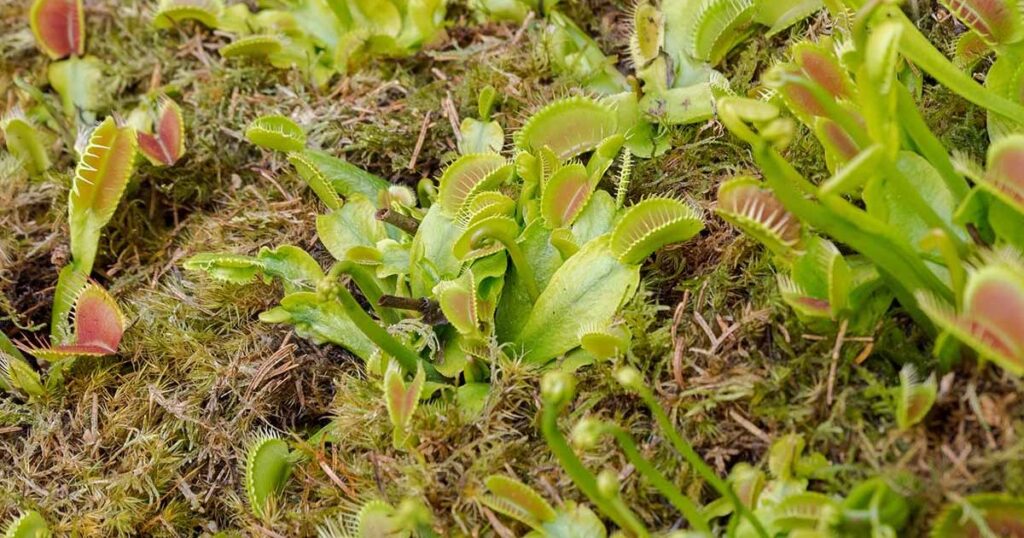
Growing Venus flytraps from seeds is a rewarding process for several reasons:
- Control over the growing conditions: You can monitor each stage, from germination to maturity.
- Affordable: Buying seeds is often more budget-friendly than purchasing a mature plant.
- Longer lifespan: Venus flytraps grown from seed tend to have a longer life expectancy compared to store-bought plants.
- Learning experience: It offers a deep understanding of plant care, especially for carnivorous species.
The Steps to Growing a Venus Flytrap From Seed
Acquiring the Venus Flytrap Seeds
Your journey starts with obtaining quality Venus flytrap seeds. Seeds can be acquired from two primary sources:
- Buying Venus flytrap seeds online: Numerous online retailers specialize in carnivorous plant seeds, and Venus flytrap seeds are widely available. Make sure to check for reputable sellers who guarantee freshness.
- Harvesting seeds from the pods: If you already own a mature Venus flytrap, you can pollinate the flowers and harvest seeds from the pods. This process requires some patience and attention, as timing is crucial for harvesting seeds at their peak.
Choosing the Right Venus Flytrap Soil
Choosing the correct soil is critical for growing Venus flytraps successfully. These carnivorous plants thrive in nutrient-free soil since they get their nutrients from catching prey, not from the ground.
- Best soil mix: A combination of sphagnum moss and perlite or sand (without fertilizers) is the ideal choice.
- Avoid nutrient-rich potting soil, as it can harm the plant. You want a medium that retains moisture but drains well to prevent root rot.
Preparing the Soil Planting Venus Flytrap Seeds
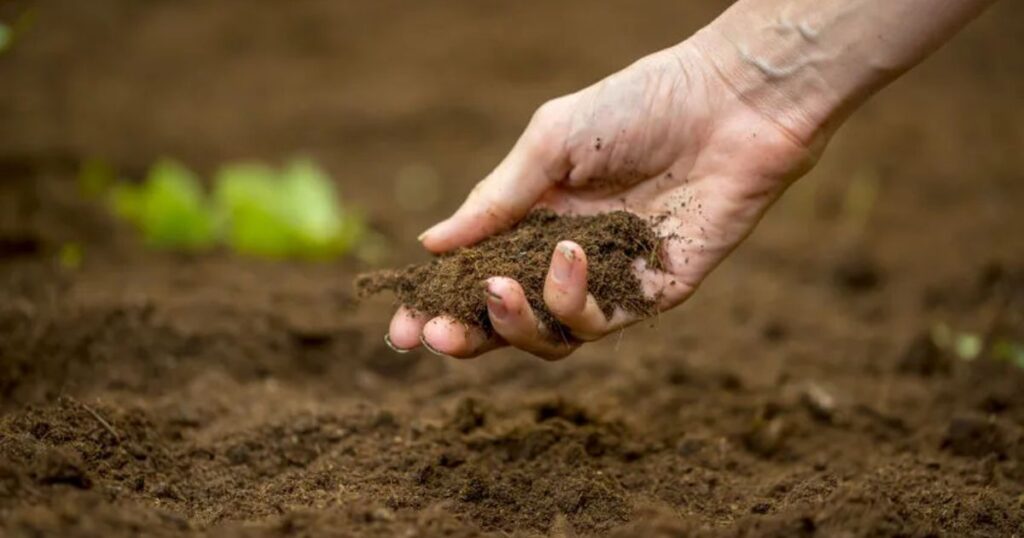
Once you’ve selected the appropriate soil, you’ll need to prepare it for planting:
Soak the sphagnum moss for flytraps in distilled water. Venus flytraps are highly sensitive to water quality, so avoid tap water with minerals.
Mix in perlite or silica sand to improve aeration and drainage.
Fill a shallow tray or pot with the prepared soil mixture. You can also use a Venus flytrap planter for better growth.
Germinate Your Seeds in a High-Humidity Atmosphere
After preparing the soil, it’s time to plant the seeds. Venus flytrap seed propagation requires consistent humidity and warmth to sprout. Here are the steps:
- Lightly sprinkle the seeds over the prepared soil. Do not bury them, as Venus flytrap seeds require light to germinate.
- Place the seed tray in a high-humidity environment, such as a terrarium or covered with a plastic wrap. Keeping humidity levels high is essential for promoting seed germination.
- Keep the seeds in a well-lit area, but avoid direct sunlight that could overheat them. An indoor grow light can also help control light exposure.
Care for Your Venus Flytrap Seedling
Once the seeds germinate, flytrap seedling care is crucial. Here’s what to do:
- Watering tips: Always use distilled or rainwater to keep the soil moist but not waterlogged. Venus flytraps are sensitive to hard minerals in tap water.
- Sunlight requirements: The seedlings need around 12 hours of sunlight or bright indirect light daily.
- Pollination: If you’re growing multiple plants, you can help pollinate your Venus flytraps manually to encourage seed production for future planting.
Repotting Your Venus Flytrap
As your Venus flytrap seedlings grow, you may need to transfer them into larger containers. Here’s when and how to report:
- When to report: Once your Venus flytrap has developed a strong root system, typically after one year, it’s time to move it to a larger pot.
- How to report: Carefully remove the plant and soil from the original pot, and transfer it to a larger container filled with the same nutrient-free soil. Be gentle with the roots to avoid damage.
Keep Growing Your Venus Flytrap
After repotting, continue to provide proper care:
- Sunlight: Venus flytraps need plenty of light to thrive. Full sun is ideal, or you can use an artificial grow light if sunlight is limited.
- Watering: Always keep the soil moist, but ensure it never sits in standing water.
- High-humidity: Especially in the first few months, maintaining a high-humidity environment is crucial for growth.
The Ultimate Guide to Planting Poppy Seeds: Timing, Locations, and Care
How Long Does It Take to Grow a Venus Flytrap From Seed?
It typically takes around 3 to 4 years for a Venus flytrap to fully mature when grown from seed. While this may seem like a long time, it allows the plant to develop a strong root system and grow steadily over time.
Are Venus Flytrap Seeds Easy to Grow?
Growing Venus flytrap seeds can be challenging for beginners due to their specific requirements for soil, water, and light. However, with the right care and attention, these seeds can successfully grow into healthy, fully functioning carnivorous plants.
Is It Illegal to Grow a Venus Flytrap?
No, it is not illegal to grow Venus flytraps, but certain regulations may apply when harvesting them from the wild. Always ensure that you are buying seeds or plants from reputable sources to avoid legal issues.
Which Carnivorous Plant Is the Easiest to Grow?
Aside from Venus flytraps, other carnivorous plants like pitcher plants and sundews are also relatively easy to grow indoors. These plants often require less precise conditions than Venus flytraps, making them suitable for beginners.
Where Should I Buy My Venus Flytrap Seeds?
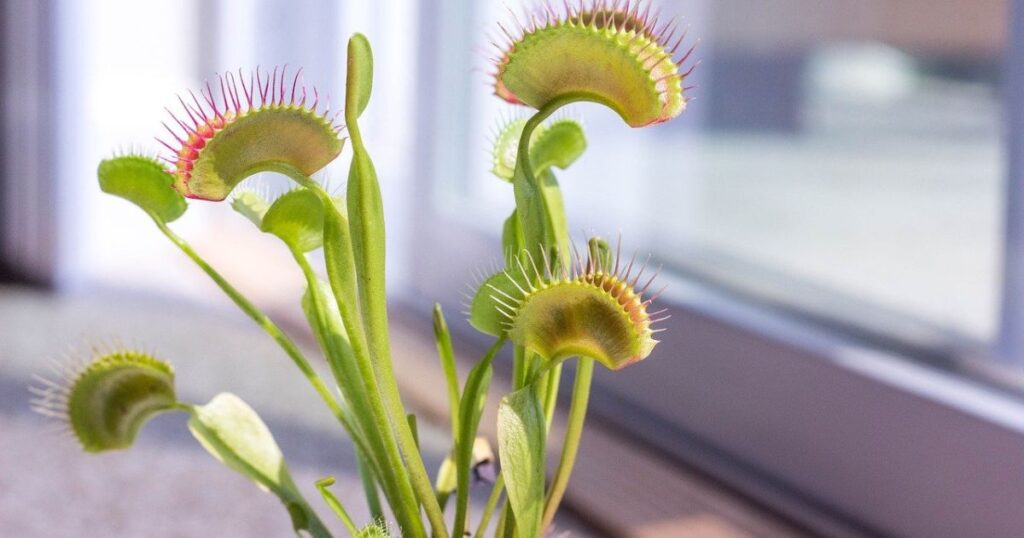
To ensure the highest quality, buy from trusted nurseries or online carnivorous plant specialists. Make sure the seeds are fresh and from a legal, sustainable source.
Quick Tips for Successful Venus Flytrap Growth:
- Humidity: Keep your growing area humid, especially for seedlings.
- Water: Always use distilled or rainwater to avoid harming the roots.
- Soil: Ensure the soil is nutrient-free and well-draining.
| Growth Stage | Key Care Tips |
| Seed | Use a high-humidity environment, light exposure, and nutrient-free soil. |
| Seedling | Water regularly with distilled water, provide plenty of indirect light. |
| Mature Plant | Repot annually, maintain high humidity and give the plant full sunlight. |
With proper care, patience, and a little knowledge, growing Venus flytraps from seeds can be a deeply rewarding experience. By following these steps and guidelines, you’ll be well on your way to nurturing healthy carnivorous plants indoors.
Frequently Asked Questions
How long to grow a Venus fly trap from seed?
A Venus flytrap typically takes 3 to 4 years to fully mature when grown from seed. The seeds usually germinate within 4 to 6 weeks under ideal conditions
Do Venus fly trap seeds need light to germinate?
Yes, Venus flytrap seeds need light to germinate. They require exposure to indirect sunlight or artificial growth lights to stimulate the germination process.
Do Venus flytraps produce seeds?
Yes, Venus flytraps can produce seeds if their flowers are pollinated, either by insects or manually. The seeds can then be harvested and grown into new plants, though it requires careful care and specific conditions.
How often should I water my Venus flytrap seeds?
You should water your Venus flytrap seeds regularly, keeping the soil moist but not waterlogged. Always use distilled or rainwater to avoid mineral buildup.
Do you cover Venus fly trap seeds?
Yes, it’s recommended to lightly cover Venus flytrap seeds with a thin layer of soil to maintain moisture and ensure proper germination. However, avoid burying them too deep, as they need light to sprout.
Conclusion
planting Venus flytrap seeds is a rewarding experience that allows you to grow these fascinating carnivorous plants at home. Start by acquiring high-quality seeds and choosing the right soil mix to ensure healthy growth. Keep the seeds in a high-humidity environment, as this helps them germinate properly. Caring for your seedlings is essential, so provide adequate sunlight and water without overdoing it. As your Venus flytraps grow, remember to repot them as needed to promote a strong root system. With patience and proper care, you will enjoy the beauty and uniqueness of your very own Venus flytrap. This journey brings joy and adds an interesting plant to your collection.

I am Alexander James, a seasoned professional with 4 years of expertise, brings passion and skill to every project. Elevate your experience with my knowledge and creativity.
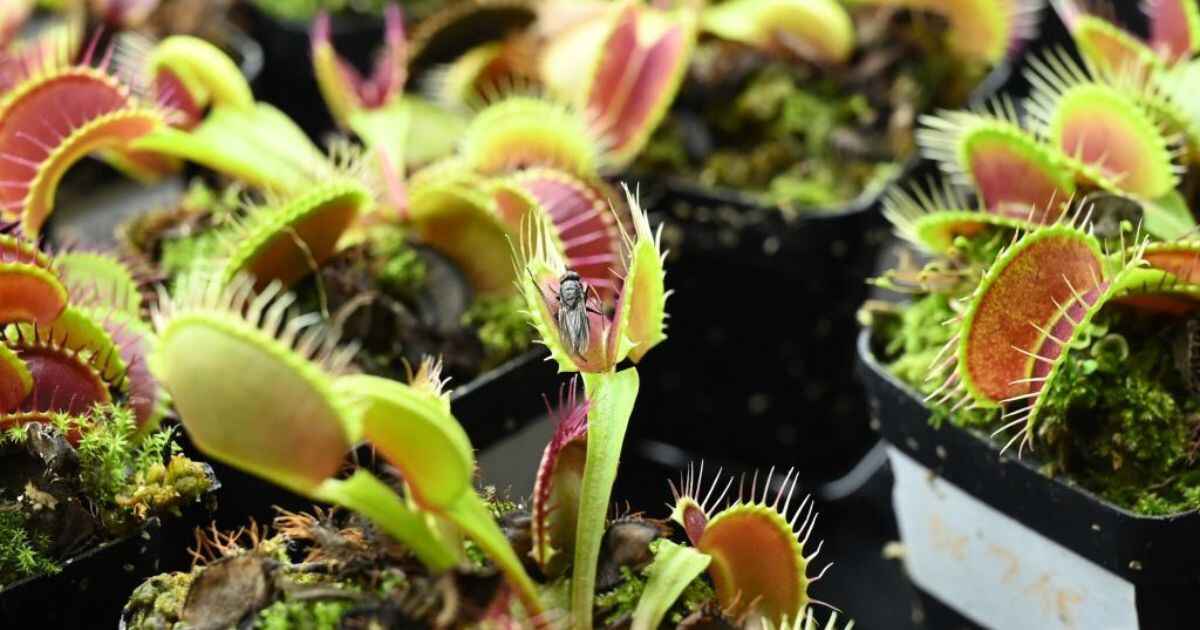


![Hollyhock Seeds: The Complete Guide to Success [2024]](https://seederabout.com/wp-content/uploads/2024/10/Hollyhock-Seeds-The-Complete-Guide-to-Success-2024-300x157.jpg)

